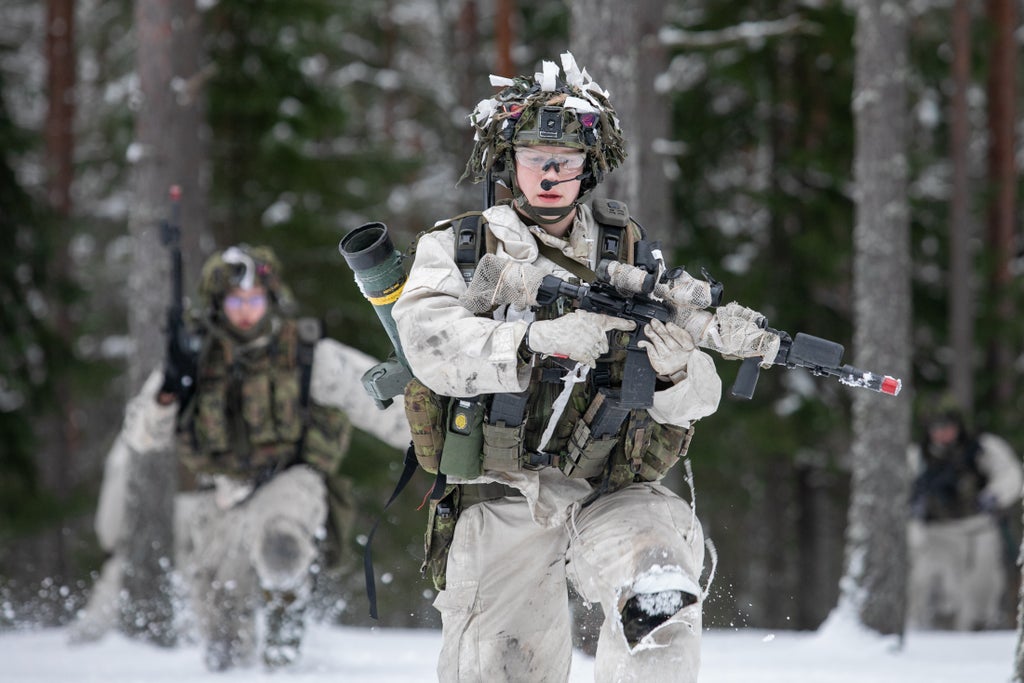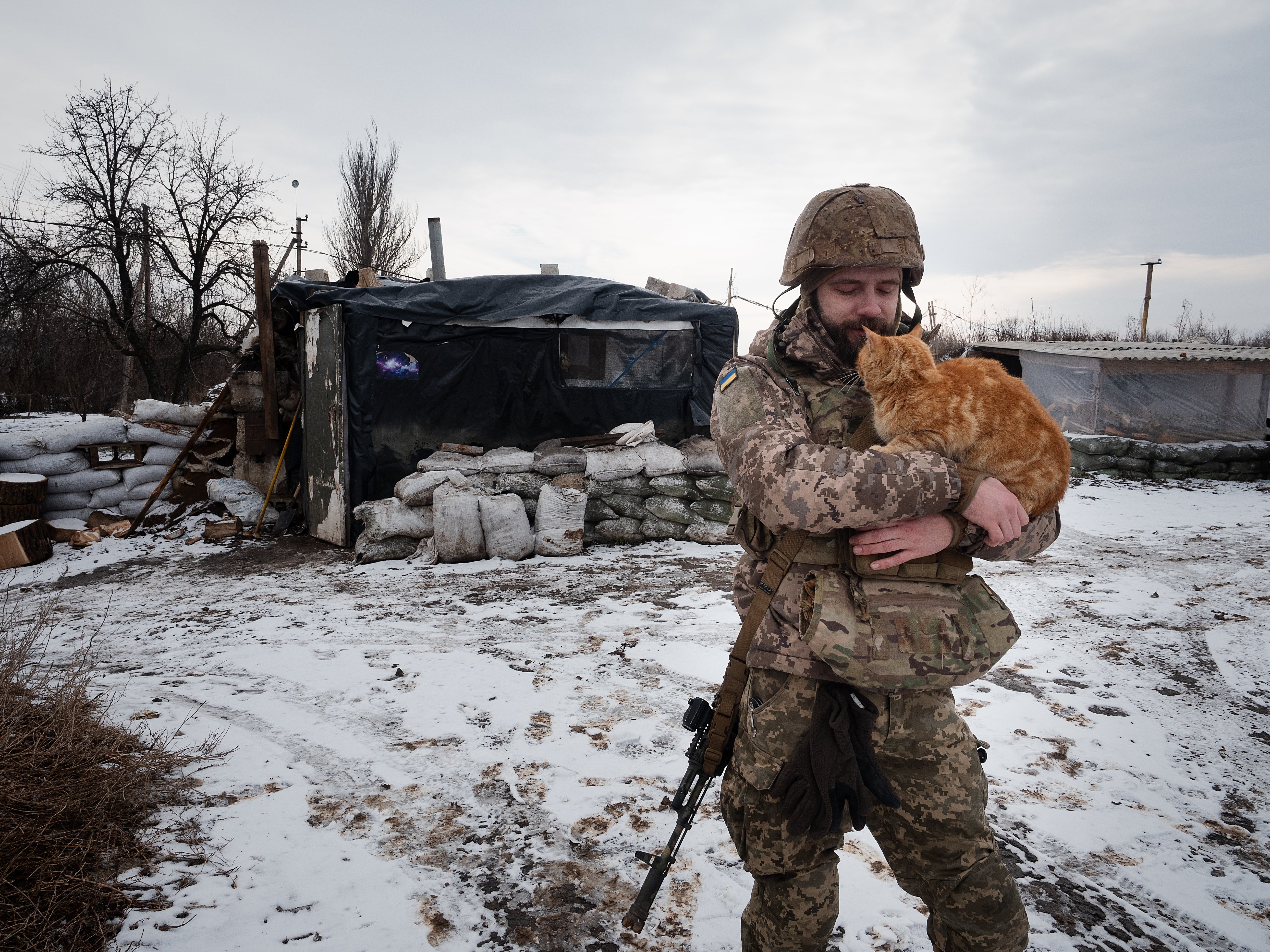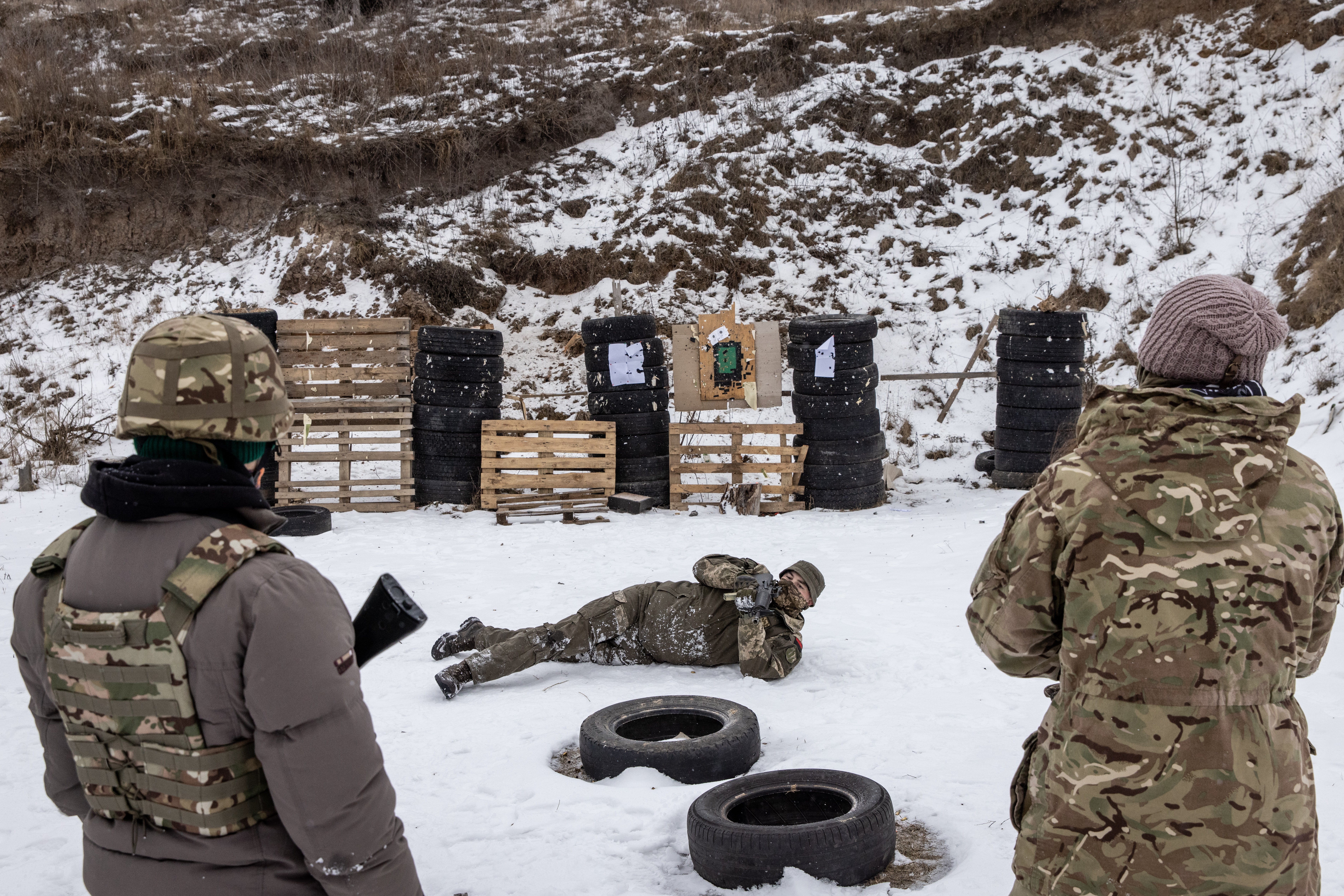
After an 11-month build-up of military forces along Ukraine’s eastern frontier, US officials believe Russia now has amassed sufficient capability to launch a new invasion of its neighbour before the Beijing Winter Olympics come to a close on 20 February.
Speaking at the White House daily press briefing on Friday, White House National Security Adviser Jake Sullivan told reporters there “is a distinct possibility” that Russian president Vladimir Putin will order such an invasion “in this window,” and stressed the intelligence the US has gathered is “well-grounded” in what the US Intelligence Community “is seeing on the ground” and “picking up through all of their various sources”.
How might a Russian invasion of Ukraine start?
If US and UK intelligence sources are to be believed, both countries’ intelligence agencies believe Russia has been laying plans to create a pretext for what would be the largest invasion of a European country since the end of the Second World War.
Moscow has repeatedly claimed it has no plans to launch an invasion of Ukraine, but has also repeatedly reserved the right to undertake what it describes as defensive actions.
US officials have pointed to such assertions twice in the last two months when releasing intelligence on Russia’s alleged designs for how it might seek to justify sending troops across Ukraine’s border.
On 14 January, the US accused Russia of “laying the groundwork to have the option of fabricating a pretext for invasion, including through sabotage activities and information operations, by accusing Ukraine of preparing an imminent attack against Russian forces in eastern Ukraine”.
US officials told Axios that Russian forces usually start planning to execute such an operation “several weeks” before taking any military actions, such as the propaganda campaign that preceded the 2014 invasion of Crimea.

And on 4 February, officials again suggested Russia was planning a “false flag” to give it cause to launch an invasion. According to US officials, Russian intelligence services had been preparing to produce video “evidence” of atrocities supposedly committed against Russian-speaking Ukrainians in the eastern parts of the country where Moscow has been supporting separatist militants in an effort to weaken the Kiev government.
The alleged preparation reportedly included a video of Turkish-made or other Western-supplied military equipment conducting an attack “as a means to implicate Nato” and give Mr Putin "the spark he needs to initiate and justify military operations against Ukraine,” according to one US source, who further described the plan as “one of a number of options Russia has developed”.
Mr Sullivan told reporters on Friday that the US has been “calling out” Russia’s false flag designs “because we do believe that if Russia chooses to do that, they should be held to account”.
“The world should not believe that a false flag operation that they conducted is a legitimate casus belli for going into Ukraine.
Where would Russian forces go?
Mr Sullivan said US officials believe an invasion of Ukraine “could take a range of different forms,” including “a rapid assault on the city of Kiev”.
“That is a possible line of attack course of action that the Russian forces could choose to take,” he said, adding that Moscow could also choose to send forces “in other parts of Ukraine as well”.
The White House adviser also said a Russian ground attack on Ukraine is likely to be preceded by “aerial bombing and missile attacks” which could kill civilians indiscriminately and “without regard to their nationality” as he explained his reasons for warning Americans to leave Ukraine within the next 48 hours.

“A subsequent ground invasion would involve the onslaught of a massive force,” he continued. “With virtually no notice, communications to arrange a departure could be severed and commercial transit halted”.
Mr Sullivan added that the risk of an imminent invasion is sufficiently high and the threat immediate enough that “prudence demands” that Americans leave “now while commercial options and commercial rail and air service exist while the roads are open”.
He also cited the presence of Russian forces in Belarus in addition to the forces arrayed along Russia’s Western frontier with Ukraine as evidence of the growing danger of invasion, telling reporters that Moscow was “in a position to be able to mount a major military action in Ukraine any day now”.
Will he or won’t he?
But despite recent reports that Mr Putin has decided to order the invasion and has informed the Russian military to that effect, Mr Sullivan said his warnings should not be taken as an indication that Mr Putin has made a final decision on whether to launch an invasion.
“I can't get inside the head of President Putin. I'm not going to speculate as to his motivations, his intentions, or at this point, his decisions,” he said.
“What we are saying is that we have a sufficient level of concern based on what we are seeing on the ground and what our intelligence analysts have picked up that we are sending this clear message and it remains a message that we have now been sending for some time — what I'm saying is that Russia has all the forces it needs to conduct a major military action”.







